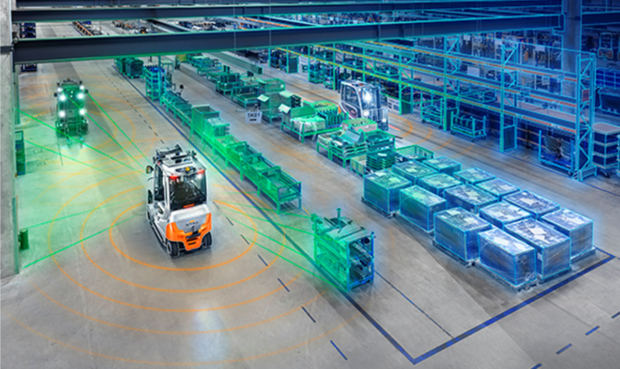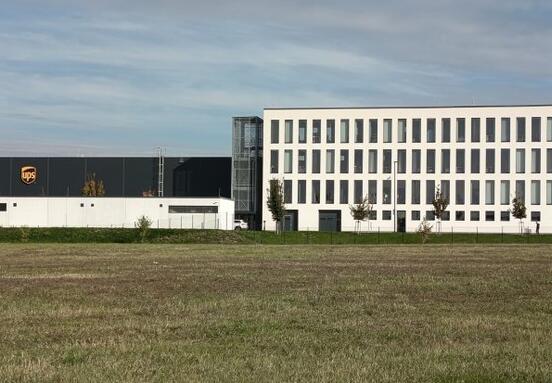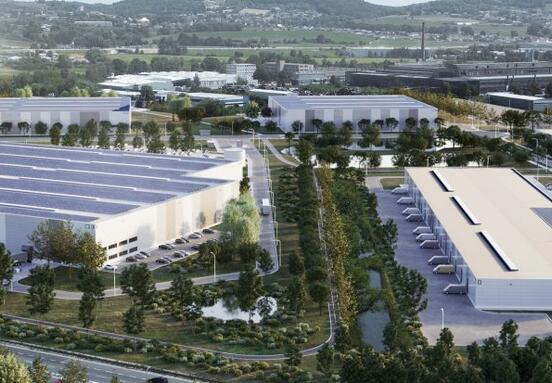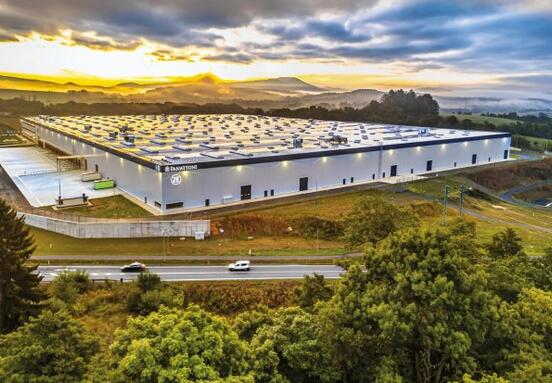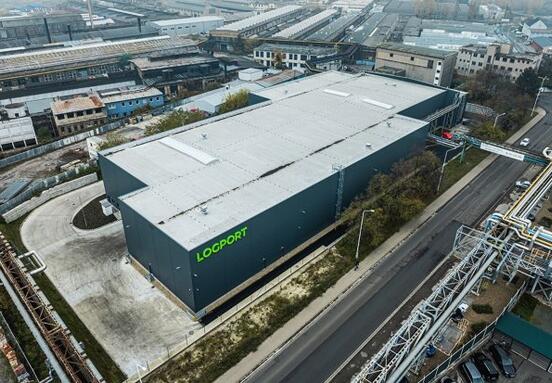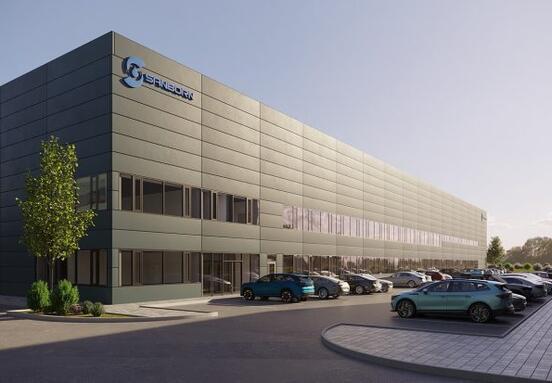Data obtained via sensors and cameras can be used on the ARIBIC cloud to create 3D maps of warehouses or production facilities that are still up-to-date. "Using this up-to-date sensor data, we create a living twin environment so we can display and share relevant information in near real time," says Abel, describing the basic idea of the research project.
Unlike the current method, in which a fixed 3D image of the environment is created after a certain shooting, the images generated by the ARIBIC platform remain dynamic and constantly up-to-date. "When a forklift truck or driverless handling equipment passes through the environment, its sensors detect even the smallest changes and transfer them to the ARIBIC platform. In interior cartography using artificial intelligence, these changes, such as a shifted rack or a newly parked pallet, are immediately taken into account and loaded back into the system, ”says expert Still.
Enormous benefits for users
High-resolution 3D maps with semantic information will first be needed to locate and navigate driverless trucks in their work environment.
Operators of warehouses or production halls will always know where their trucks are located. With this information, the planning of the operation or the production plant can be optimized. For example, it is possible to clearly identify which parts of the warehouse drive a lot or little, or which aisles are more often allocated and thus blocked. With this information, it is possible (first) to move racks virtually or to rearrange production areas.
Bengt Abel: “With the new ability to permanently record the work environment, users will be able to optimally design and use their warehouses and production halls. For the first time, they will get a detailed overview of what exactly is going on in their operations. ”According to expert Still, the ARIBIC project has countless other uses. "We already have some great ideas. I'm 100 percent sure that there will be many more in the future. "
ARIBIC project
Work began on the ARIBIC project in March this year. Completion is scheduled for the fourth quarter of 2023. In addition to the head of the consortium, Still, the Karlsruher Institute for Technology (KIT), the University of Toronto with the STARS laboratory and the Canadian sensor manufacturer LeddarTech are involved in the international research task. The project is supported by the Federal Ministry of Economics and Energy (BMWi) and the Industrial Research Assistance Program of the Canadian National Research Council (NRC IRAP).
Still, a provider of intralogistics solutions, has delivered for research its successful OPX iGo neo - autonomous picking truck, which is state - of - the - art with sensors and cameras. "Now our initial activities in the fields of automation, robotics and digitization are paying off. We have been working on a range of solutions for our trucks for many years
using sensors that are gradually entering series production. This is an important prerequisite for us to be able to participate in such a project at all, "emphasizes B. Abel.
